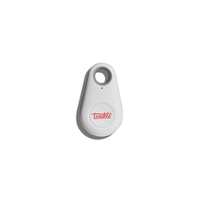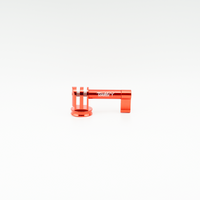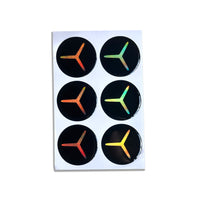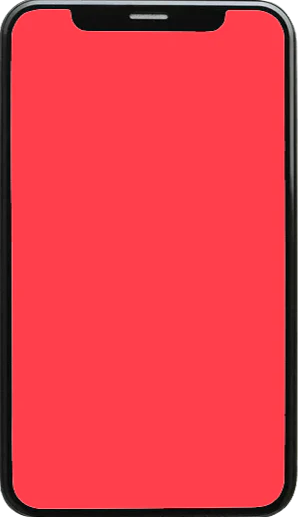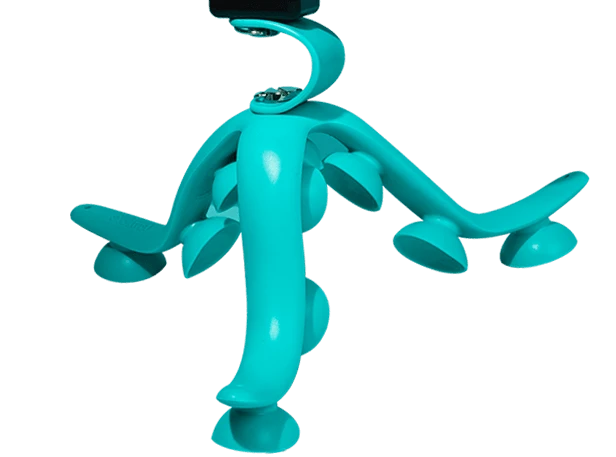Instructions
FAQ
Q: Why Do Suction Cups Fail?
A: The only reason a suction cup will EVER fail is that air got inside.
The 7 Rules Of Suction Cups
Never have a problem with your Tenikle's suction cups by following these seven main rules:
1.) Keep It Air-Tight
2.) Only Non-Porous & Non-Textured Surfaces
3.) Clean Before Mounting
4.) Don't suction over logos, bevels, sticker edges, or seams
5.) Apply Good Pressure
6.) Only Use For Short-Term (Roughly 4 Hrs)
7.) Test Before Trustin'
So, How Do These Things Work Anyway?
A suction cup uses the negative pressure of air to stick to non-porous surfaces creating a partial vacuum. Tenikle has not made any changes to this technology other than improved surface materials and suction cup shape.
Using Suction Cups Properly
Even though ours are the best in the biz, suction cups will always require a few things to work properly. Here are a few best practices when using your Tenikle to ensure you have a good experience and know what to expect. Remember, Tenikle is more versatile than just suction cups, so if you can't find a suction solution, then try wrapping, hanging, standing, or clipping. Tenikle is designed to be used however you see fit, so play around with it and try different uses!
Suction Surfaces
When it comes to suction, not all surfaces are created equal. Suction cups need a 100% sealed vacuum to work properly because the inside of the suction cup has low pressure (no air). In contrast, the atmospheric pressure around it (airy-air) will push against the suction cup pulling the suction cup closer to whatever it's mounted to.
Compatible Surfaces:
✓ YES
- Anything 'Glass-Like'
- Painted or Smooth Metal
- Gloss Treated Wood
- Porcelain
- Gloss Fiberglass
- Tile
- Matte or Shiny Plastics
- Our DOT ADAPTERS
✗ NO
- Anything Textured or Porous
- Leather
- Drywall
- Untreated Wood
- Rusty Metal
- Paper
- Most Dashboards (due to surface texture)
- Cats (don't worry, we're working on this in the lab)
ONLY Suction If...
- The surface is flat with no changes in surface levels like logos, stickers, or seams.
- Non-porous with no microscopic holes where air can get in.
- Non-textured with no grooves, bumps, rough finishes, or surface patterns.
- Keep It Clean!
Dust, Dirt, Lint, & Hair Sucks For Suction Cups (Pun Intended)
This is true for both the suction cups and the mounting surface. Any microscopic object that gets between the suction cup and the mounting surface has the potential to allow even the tiniest amount of air to leak in and lose suction. We used to say to rinse under warm water to clean, which you can still do, but we found an even more accessible and more effective way to clean the suction cups: wipe with your finger.
Wipe Suction Cups With Finger Before Use
The natural oils on your hands will remove the dust imperfections while also providing a very thin oil coat on the suction cups, improving the vacuum.
More Oil = More Suction
If you're okay with a bit of mess, you can get Tenikle to stick to things it usually wouldn't suction to, such as painted drywall or wood. To do this, wipe a small amount of cooking oil on the suction cups, creating an airtight membrane around the suction cup edge, preventing air from seeping inside. You can significantly improve the suction performance on normally suction-able surfaces too.
When wrapping Tenikle around an object, use two arms to wrap and one arm for your phone for a more secure mount. The more suction cups secured at a time, the more secure the mounting position.
